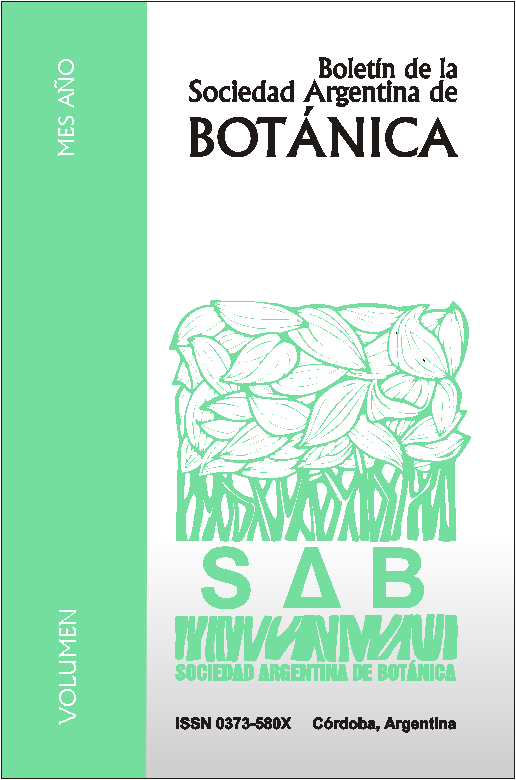Structure, distribution and conservation status of the Prosopis flexuosa woodlands in the Bolsón de Fiambalá (Catamarca).
DOI:
https://doi.org/10.31055/1851.2372.v50.n2.11663Keywords:
Bosque abierto, desierto del Monte, productos maderables, atributos poblacionales.Abstract
Structure, distribution and conservation status of the Prosopis flexuosa woodlands in the Bolsón de Fiambalá (Catamarca). The Prosopis flexuosa woodlands have historically allowed the survival and development of productive oasis at the foot of the Andes mountains, through the use of their forest resources. Current regulations state that the use of these resources depends on the zoning of forests. However, knowledge of dryland forests is incomplete. Our aim were to determine the distribution, structure, preservation and growth of these woodlands. Woodland units were identified by supervised classification of images. Population studies of P. flexuosa were performed allometric variables were measured and applied traditional dendrochronological techniques. Two woodland types were distinguished: dense forest with greatest total coverage (39%) and sparse forest (21%). Basal diameter structures were similar, however, in the dense forest were greater overall height, the amount of timber trees and basal area. In both forests, was similarly use and conservation status. The differences between forests can be explained by the position of the forest on the underground aquifer and soil type. The conservation and controlled use of these resources is a contribution to mitigating climate change because Prosopis woodlands are the main reservoir of C in desert.Downloads
Published
Issue
Section
License
Provides immediate and free OPEN ACCESS to its content under the principle of making research freely available to the public, which fosters a greater exchange of global knowledge, allowing authors to maintain their copyright without restrictions.
Material published in Bol. Soc. Argent. Bot. is distributed under a Creative Commons Attribution-NonCommercial-ShareAlike 4.0 International license.





